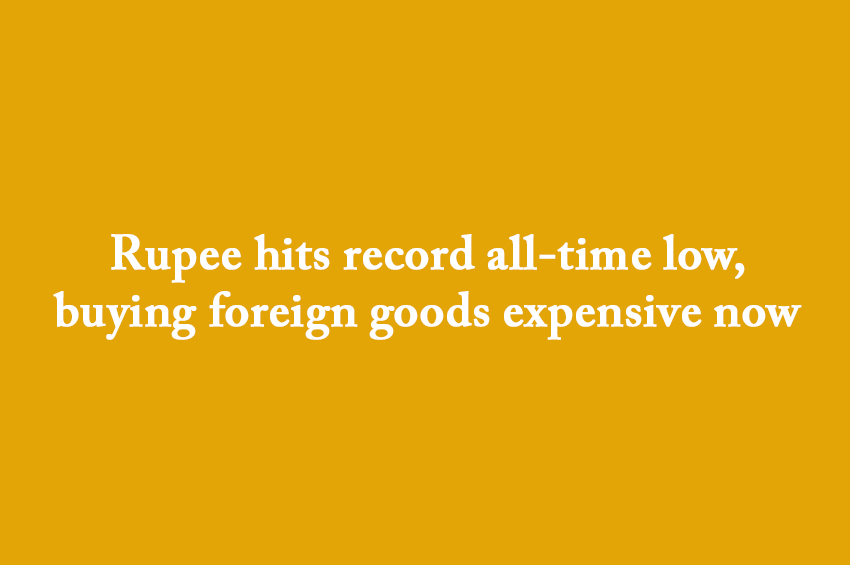Winning Bizness Desk
Mumbai. The Indian currency rupee has reached its record all-time low as it fell by 17 paise against the US dollar and closed at an all-time low of Rs 83.62 per dollar on June 20. Earlier, on April 16 this year, the rupee closed at its lowest level of 83.61 against the dollar. On Thursday, the rupee opened at 83.43 in the exchange market and touched the day's high of 83.42. During this session, rupee also came to a record all-time low of 83.68 against the dollar and finally closed at 83.61 per dollar, down 17 paise from its previous close. On Wednesday, the rupee had closed at 83.44, down one paisa against the US dollar.
What experts are saying?
According to research analyst Anuj Chaudhary, the rupee has fallen due to the strength of the US dollar. At 5.30 pm, the dollar index was trading above 105. Other experts say that the rupee has come under pressure due to dollar outflow and demand for dollars from local importers has also strengthened. Apart from this, the price of crude oil has started rising again amid the geopolitical crisis. This is increasing the pressure on the Indian rupee. At the same time, factors like increasing MSP for 14 Kharif crops by the Union Cabinet, increasing demand for dollars, rise in crude oil are strengthening the dollar and weakening the rupee.
Import to become expensive
The fall in the rupee means that importing things will become expensive for India. Apart from this, travelling and studying abroad will also become a little unaffordable. Let's understand this with an example. Suppose when the value of rupee was 50 against the dollar, then Indian students in America used to get 1 dollar for 50 rupees. Now students will have to spend 83.40 rupees for 1 dollar. This will make everything from fees to accommodation and food and other services expensive.
How is the price of currency decided?
If the value of any other currency goes down in comparison to the dollar, it is called Currency depreciation. Every country has a foreign currency reserve, through which it does international transactions. The effect of the increase and decrease in foreign reserves is seen on the price of the currency. If the dollar in India's foreign reserve is equal to the US rupee reserve, then the value of rupee will remain stable. If the dollar decreases with us, the rupee will weaken, if it increases, the rupee will strengthen. This is called the floating rate system.


